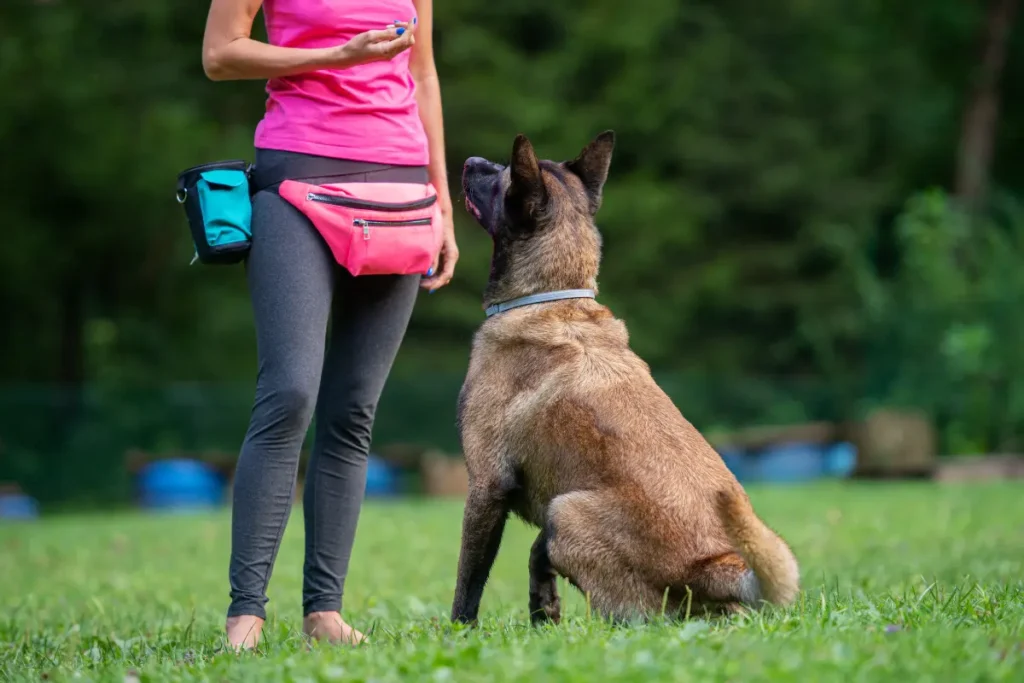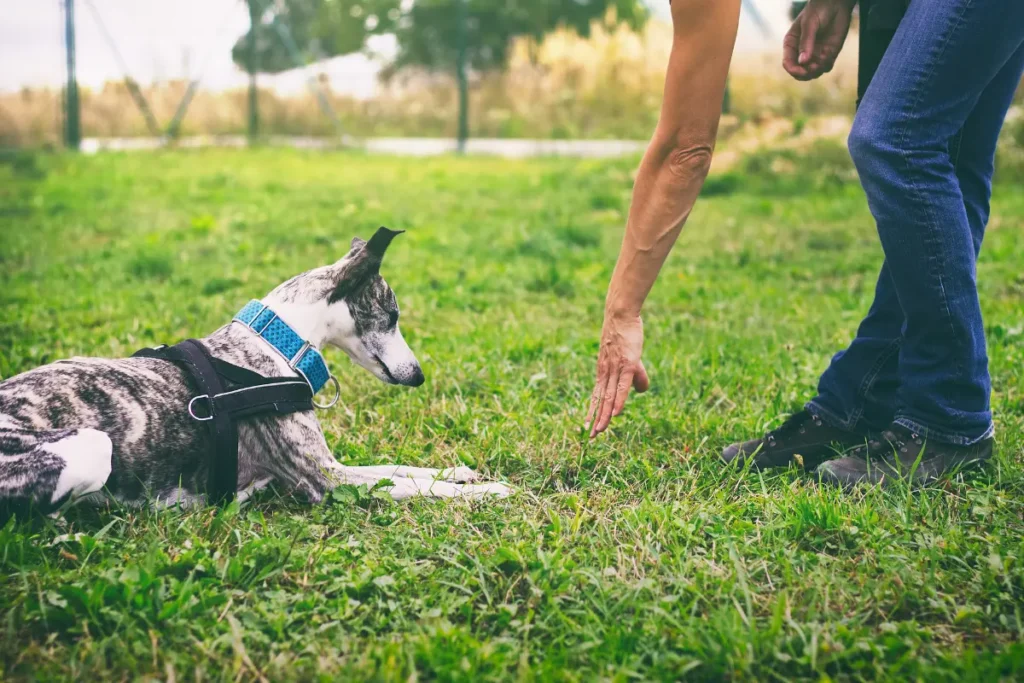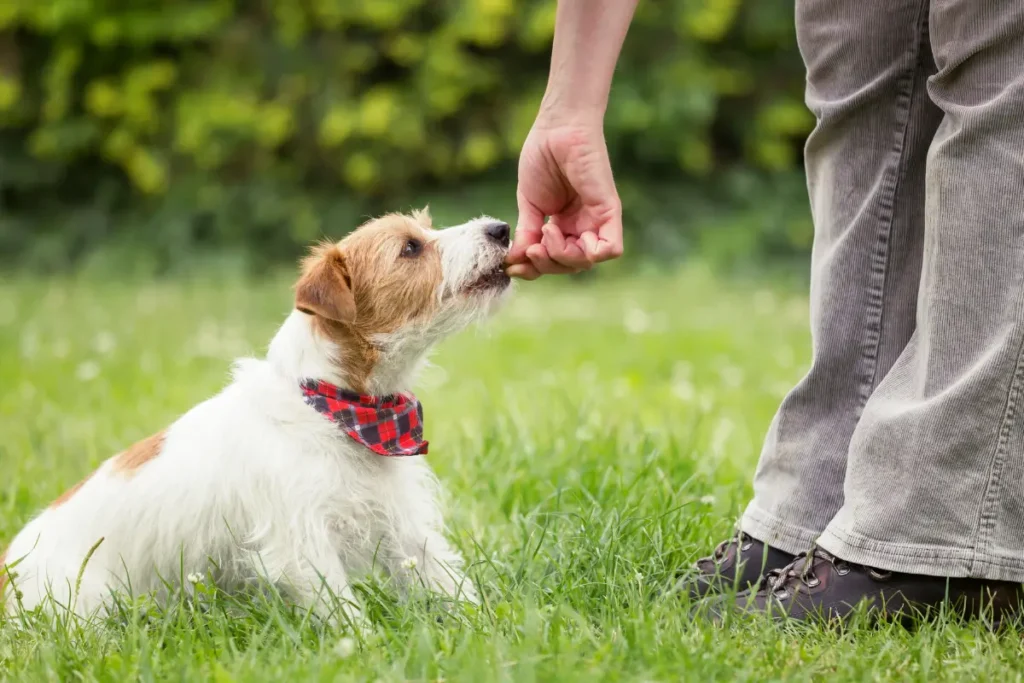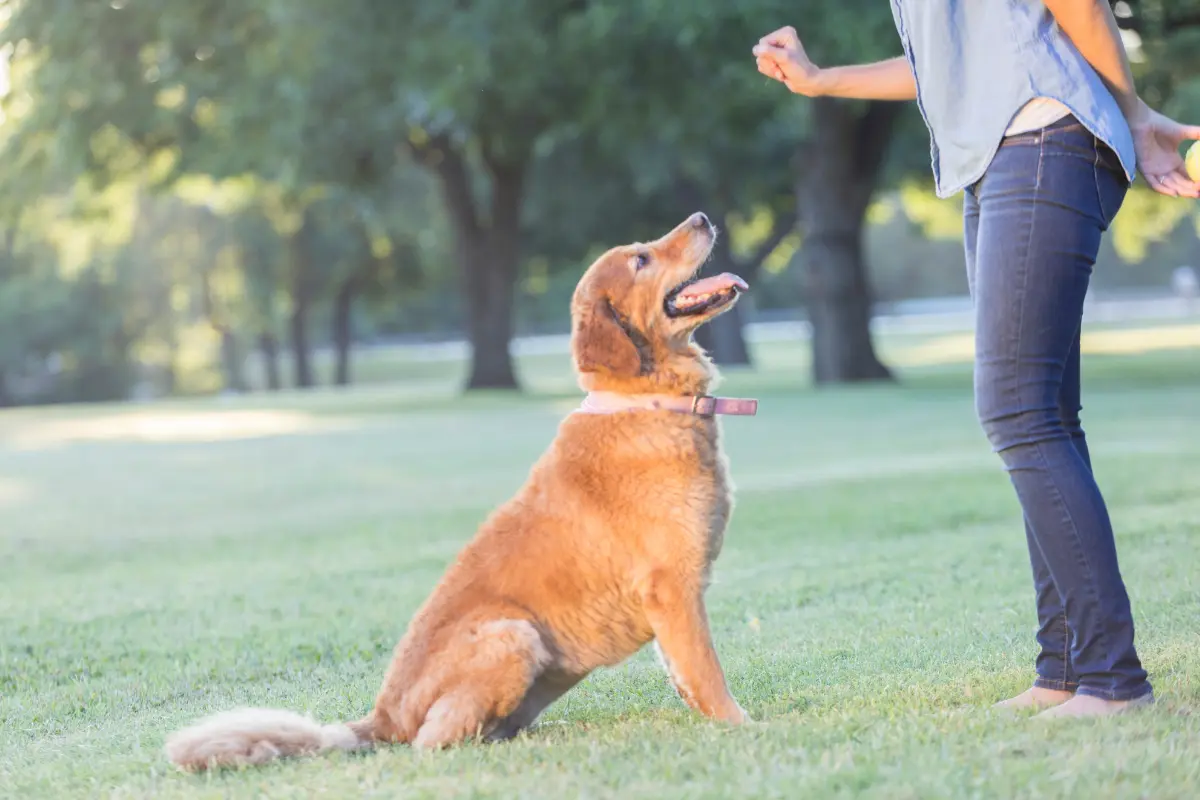Do you ever look at those impeccably trained dogs, walking politely on a leash, performing incredible tricks, or just chilling calmly at their owner’s feet, and wonder, “How on earth did they do that?”
Well, it’s not magic, my friends; it’s dog training! And I’m here to let you in on some tried-and-true secrets that’ll help you transform your furry troublemaker into a well-behaved, four-legged marvel.
1. Understand Your Dog’s Language
Before diving into the world of training, it’s crucial to understand that dogs have their own language.
They communicate through body language, vocalizations, and energy.
Pay attention to their signals. When they wag their tail, they’re usually happy; when they growl, they’re uncomfortable.
By understanding your dog’s cues, you can anticipate their needs and respond appropriately, setting the foundation for effective training.
2. Positive Reinforcement is Your Superpower
Imagine a world where you get rewarded for doing things right, rather than scolded for doing things wrong.
Well, that’s the world dogs live in, and it’s a lesson we can all learn from them. Positive reinforcement, in the form of treats, toys, and affection, is a dog’s currency.
When they do something you like, reward them generously. This positive feedback loop encourages them to repeat those behaviors.

3. Consistency is Key
Dogs thrive on routine and consistency. If you allow them on the couch one day and scold them for it the next, you’ll confuse the heck out of them.
Establish clear rules and boundaries, and stick to them. If you want them to sit before meals, don’t let them sneak a nibble without earning it.
Consistency builds trust and helps your dog understand what’s expected.
4. Short and Sweet Training Sessions
Think of your dog’s attention span like a toddler’s – it’s not limitless. Keep training sessions short, sweet, and engaging. Ten to fifteen minutes of focused training is plenty.
Use high-value treats to keep their interest piqued, and end on a positive note, even if it means leaving some tasks for the next session.

5. Patience, Grasshopper
Rome wasn’t built in a day, and neither is a perfectly trained pup.
Be patient and keep your expectations realistic. If your dog doesn’t get it right away, it’s not because they’re stubborn; it might be because they need more time or a different approach.
Training is a journey, not a destination.
6. Socialization is a Must
Exposing your dog to different people, animals, and environments is crucial for their development.
It helps prevent fear, aggression, and anxiety. Take them to the dog park, arrange playdates, and enroll them in puppy socialization classes.
The more experiences they have, the more confident and well-adjusted they’ll become.

7. Seek Professional Help When Needed
If you find yourself struggling or dealing with behavioral issues beyond your expertise, don’t hesitate to seek professional help.
Dog trainers and behaviorists are there to provide guidance and support. It’s a sign of responsible ownership to acknowledge when you need assistance.
8. Exercise and Mental Stimulation
A tired dog is a well-behaved dog. Regular exercise and mental stimulation are essential for your furry friend’s well-being.
A tired dog is less likely to engage in destructive behavior or excessive barking. So, go for those long walks, play fetch, and challenge their brains with puzzle toys.

9. Love and Respect
Above all, remember that training is not about dominating your dog; it’s about building a bond of love and respect.
Treat your dog with kindness, and they’ll respond with unwavering loyalty.
A well-trained dog is not just obedient; they’re happy, confident, and a joy to be around.
In conclusion,
training your dog is a journey that requires love, patience, and understanding.
By speaking their language, using positive reinforcement, and being consistent, you can transform your dog into a well-behaved companion.
So, grab those treats, leash up, and embark on this magical journey with your four-legged friend. The results will be nothing short of extraordinary.

